What is the Difference Between NPN and PNP? What They Mean in Transistors and Sensors
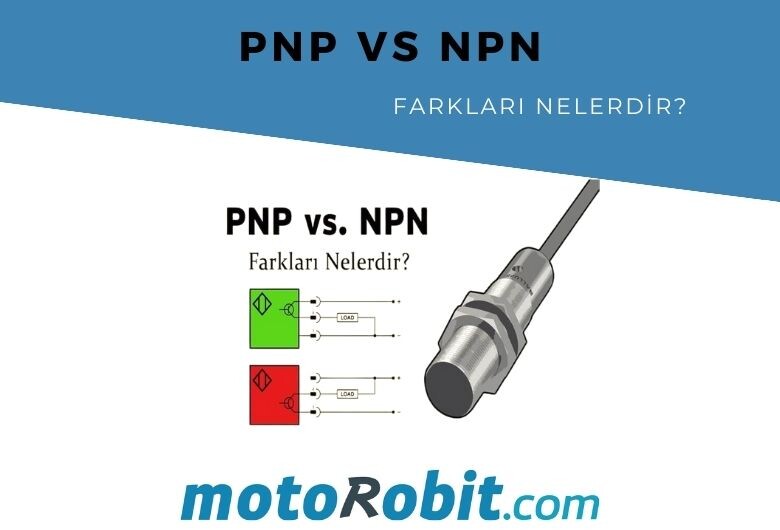
We will explain in detail the difference between NPN and PNP for you. We will delve into what the terms NPN and PNP mean and their differences, which are frequently encountered in sensors and transistors, in our blog.
NPN and PNP Difference
Before discussing the difference between NPN and PNP, we need to explain these concepts separately. Transistors have 3 legs: Collector, Base, and Emitter. NPN and PNP transistors differ from each other based on the voltage applied to the Base terminal.

As can be seen in the image above, when a ground or negative input is applied to the Base terminal of a PNP transistor, a current flow occurs. In NPN, on the other hand, when a positive input is applied, a negative current flow is achieved.
NPN and PNP in Sensors
One of the most important things to consider when choosing a sensor is whether the sensor is NPN or PNP. Because the type of signal the sensor will output is determined in this way. The type of signal is crucial when operating a device based on the data received from the sensor.
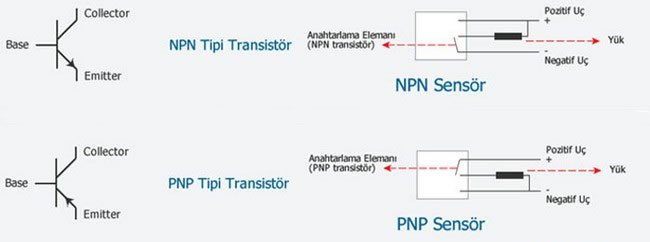
As can be seen in the connection diagrams above, the signal output in NPN sensors is negative. In PNP sensors, on the other hand, it is positive.
PNP NPN Conversion
The sensor you have may be working the opposite of what you want to use. Buying a new sensor may not always be cost-effective. In such cases, transistors come to our aid. For example, if you want to trigger a relay module with a PNP sensor without using Arduino, you need to use a transistor in between. Or if you don't want to deal with this, you can choose the relay module with an internal transistor. You can use this relay module with sensors that output positive signals.
We have explained the topics that come to mind when talking about the difference between NPN and PNP above for you. You can visit our blog page for similar topics and browse other content.
Blog Latest Additions

Differences Between Li-ion and Li-Po Batteries: Which Battery is Suitable for Which Project?
12.12.2025
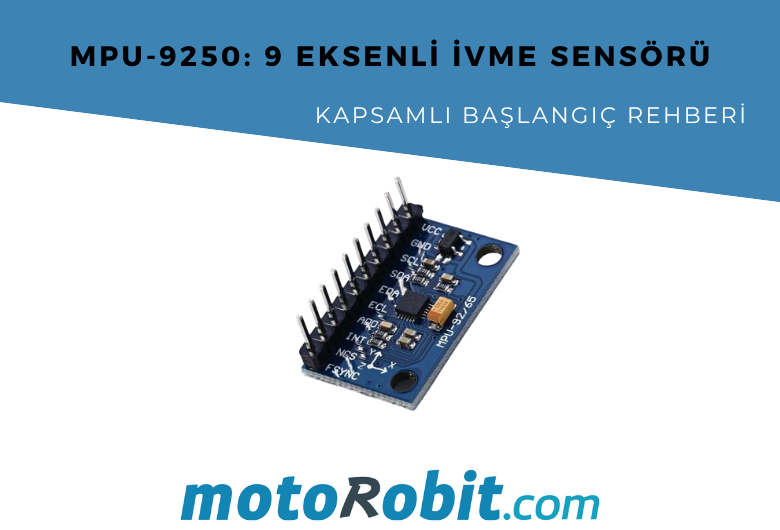
MPU-9250: 9-Axis Acceleration Sensor - A Comprehensive Beginner's Guide
28.10.2025

What is ULN2003 ?
13.10.2025
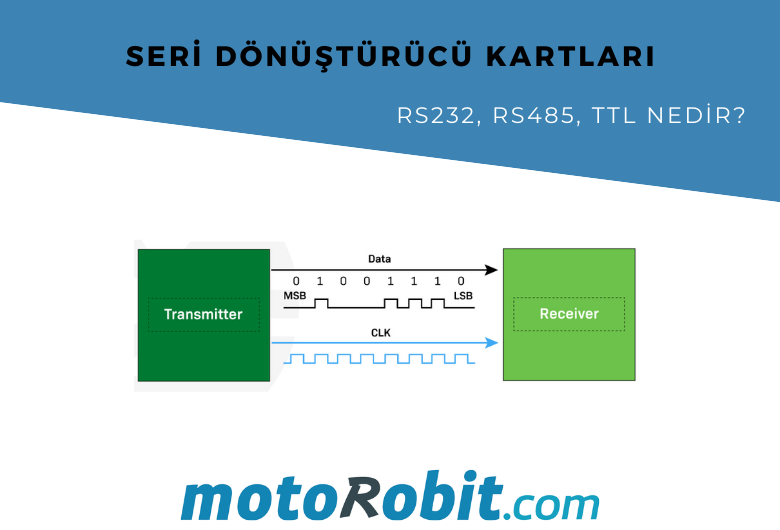
What are Serial Converter Cards (RS232, RS485, TTL)
16.09.2025
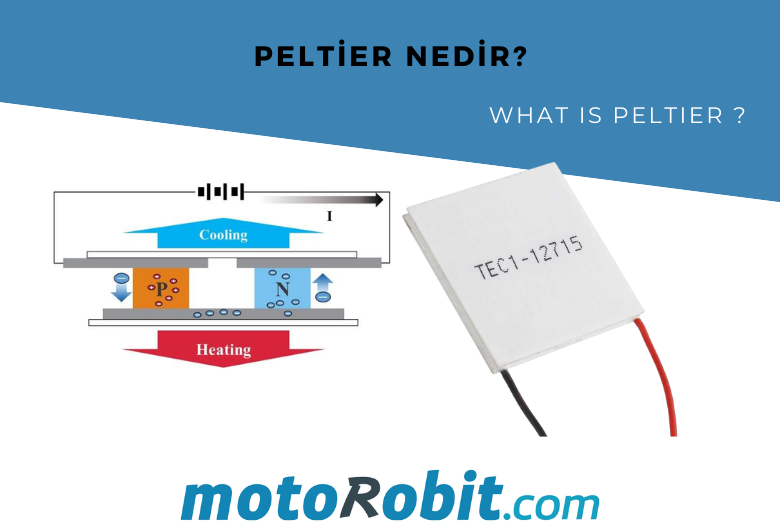
What is Peltier and What is its Working Principle?
30.08.2025

Arduino UNO vs Nano vs Mega – Which Should I Choose?
23.07.2025
.png)